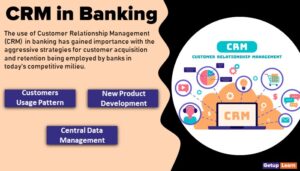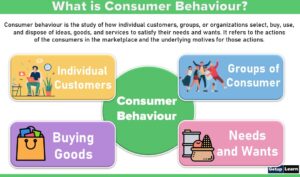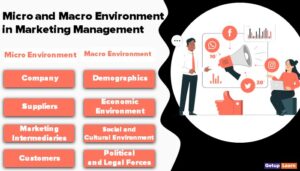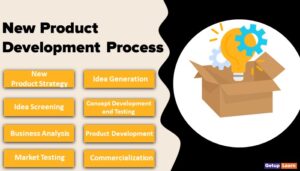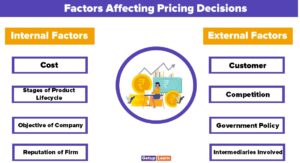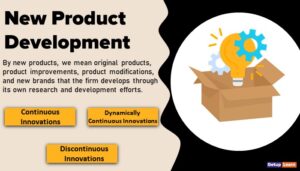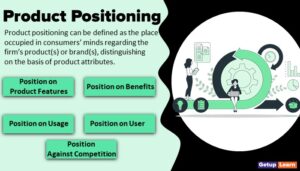Table of Contents
What is the Meaning of MIS?
MIS is the use of information technology, people, and business processes to record, store and process data to produce information that decision-makers can use to make day-to-day decisions.
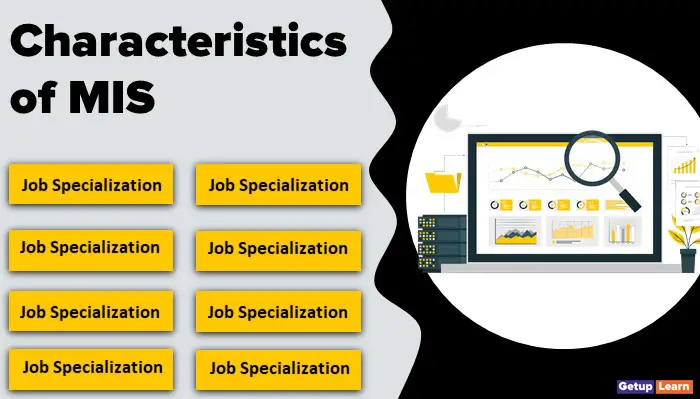
MIS is the acronym for Management Information Systems. In a nutshell, MIS is a collection of systems, hardware, procedures, and people that all work together to process, store, and produce information that is useful to the organization.
Below we have explained the characteristics of MIS one by one.
Characteristics of MIS
Management information is a specialized information system that conforms to certain characteristics. These characteristics are generic in nature. These characteristics remain more or less the same even when the technology around such management information systems changes. Following are the characteristics of MIS:
- Systems Approach
- Management Oriented
- Need-Based
- Exception Based
- Future-Oriented
- Integrated
- Common Data Flow
- Long-Term Planning
- Sub System Concept
- Central Database
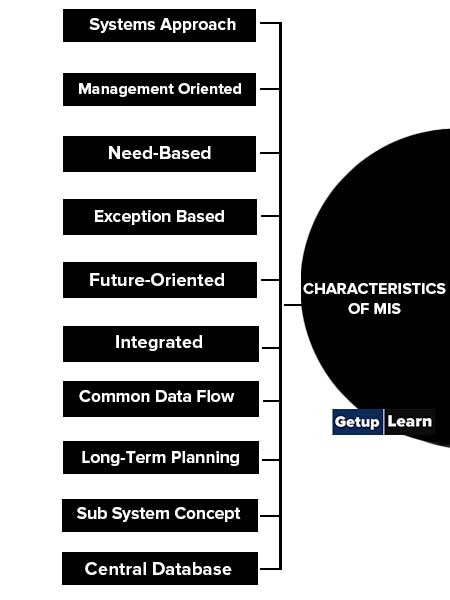
Systems Approach
The information system follows a systems approach. The systems approach means taking a comprehensive view or a complete look at the interlocking sub-systems that operate within an organization.
Management Oriented
Management oriented characteristic of MIS implies that the management actively directs the system development efforts. For the planning of MIS, a top-down approach should be followed.
The top-down approach suggests that system development starts from the determination of management’s needs and overall business objectives. To ensure that the implementation of systems policies meets the specification of the system, continued review and participation of the manager are necessary.
Need-Based
MIS design should be as per the information needs of managers at different levels.
Exception Based
MIS should be developed on the exception based also, which means that in an abnormal situation, there should be immediate reporting about the exceptional situation to the decision–makers at the required level.
Future-Oriented
MIS should not merely provide past historical information; rather it should provide information, on the basis of future projections on the actions to be initiated.
Integrated
Integration is significant because of its ability to produce more meaningful information. Integration means taking a comprehensive view or looking at the complete picture of the interlocking subsystems that operate within the company.
Common Data Flow
Common data flow includes avoiding duplication, combining similar functions, and simplifying operations wherever possible. The development of common data flow is an economically sound and logical concept, but it must be viewed from a practical angle.
Long-Term Planning
MIS is developed over relatively long periods. A heavy element of planning should be involved.
Sub System Concept
The MIS should be viewed as a single entity, but it must be broken down into digestible sub-systems which are more meaningful.
Central Database
In the MIS there should be a common database for the whole system.
Objectives of MIS
Following are the objectives of MIS summarized below:
- Data Capturing
- Processing of Data
- Storage of Information
- Retrieval of Information
- Dissemination of Information

Data Capturing
MIS captures data from various internal and external sources of the organization. Data capturing may be manual or through computer terminals.
Processing of Data
The captured data is processed to convert into the required information. Processing of data is done by such activities as calculating, sorting, classifying, and summarizing.
Storage of Information
MIS stores the processed or unprocessed data for future use. If any information is not immediately required, it is saved as an organization record, for later use.
Retrieval of Information
MIS retrieves information from its stores as and when required by various users.
Dissemination of Information
Information, which is a finished product of MIS, is disseminated to the users in the organization. It is periodic or online through a computer terminal.
Process of MIS
Let us now understand each of the steps involved in the process of MIS:
- Problem Define
- Identify Alternative Solutions
- Evaluate Alternative Solutions
- Select Best Alternative
- Implement Solution
- Follow-Up

Problem Define
The first step in this approach is to identify the problem. A problem is considered as a constraint or hindrance to the otherwise smooth flow of activities. It can be identified through its symptoms. A symptom is an indicator of a problem and need not be the cause. System analysts are required to identify such possible indications.
For example, a fall in sales is an indicator of a problem. As and when such an indication comes up, the management has to review the possible causes of the fall and identify the real problem(s). Once a problem has been identified, it has to be defined in clearer terms such that no ambiguity exists in communicating the problem across the hierarchy.
Identify Alternative Solutions
A problem can be solved in more than one way. It is therefore not advisable to just think of a single solution and try to implement it. Such a decision would not allow the manager to think of other possible alternative solutions and the advantages associated with them.
Therefore, it is recommended that multiple alternatives be developed for the problem and the best alternative selected. In this step, such alternatives are identified and developed. The solutions that have worked in the past are a good source from which to search for new alternatives.
Advice from colleagues (internal) and consultants (external) can provide fresh insights into the problem. Many organizations use expert systems to assist them in generating alternatives. Expert systems use the knowledge of various experts and develop solutions to problems in the same way as an expert does.
Evaluate Alternative Solutions
Once the alternative solutions have been developed, they have to be evaluated to choose the best solution. Evaluation is mainly done to see how well an alternative fits as the right solution to the problem.
Every alternative is evaluated through different analyses like cost-benefit analysis, etc. Different criteria of each alternative are evaluated to understand their influence in arriving at a solution to the problem.
Select Best Alternative
The next step is to choose the best alternative as the solution to the problem. To do this, different factors in each alternative are compared with other alternatives to eliminate the less feasible alternatives. After several comparisons, the best alternative is selected.
Sometimes it so happens that none of the alternatives can serve as the solution to the problem. Then, fresh alternatives have to be developed. Sometimes, it may happen that no action is the best solution to the problem.
Implement Solution
The selected solution has to be implemented to solve the problem. Sometimes, the solution has to be freshly designed in order to be implemented.
For instance, if the installation of new and custom-made equipment is considered the chosen solution, then the equipment has to be designed accordingly and then installed. This is true for information systems also. Changes in MIS have to be designed and redesigned to suit the organizational requirements.
Follow-Up
This is the final step in this approach. The best solution can fail to produce the expected results if put into practice in the real world. Hence, it is always recommended that the results produced by the solution be monitored and evaluated.
This is called follow-up. Follow-up ensures that the post-implementation performance of the system is satisfactory.
Implementation of MIS
There are three basic methods for implementing of MIS once the design has been completed. These are:
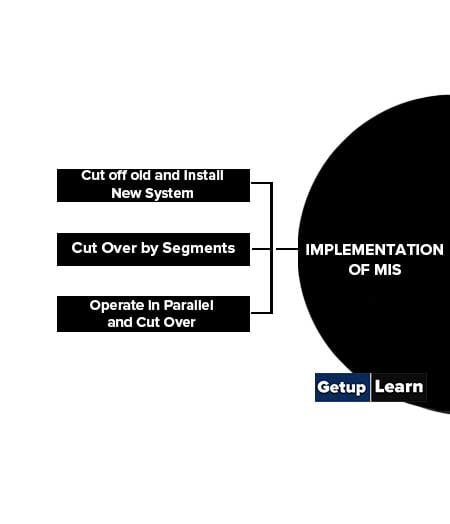
Cut off old and Install New System
This produces a time gap during which no system. Small is n operation. It is practical only for small companies or small systems where installation required one or two dates.
An exception to this would be the installation of a larger system during a plant’s vacation shutdown or some other period of inactivity.
Cut Over by Segments
This method is also referred to as “phasing in” the new system. Small parts or subsystems are substituted for the old. If this method is possible, some careful questions should be asked about the design of the new system.
Is it really just automation of isolated groups of clerical activities? Generally, new systems are not substitutable piece by piece for previous nonsystems. However, in the case of upgrading an old system, this may be a very desirable method.
Operate in Parallel and Cut Over
The new system is installed and operated in parallel with the current system until it has been checked out; then the current system is cut out.
This method is expensive because of personnel and related costs. However, it is required in certain essential systems, such as payroll or customer billing. Its big advantage is that the system is fairly well debugged when it becomes the essential information system of the company.
Nature of MIS
Following are the nature of MIS explained:
- Report Orientation
- Action-Oriented
- Exception Oriented
- Database Orientation
- End-user Orientation
- Academic Discipline Orientation

Report Orientation
The concept of Management Information systems is modified, so, that information rather than voluminous data has become the requirement of the user.
Action-Oriented
This concept was further modified due to the need that information should be such that it leads to some action, decision or investigation, or research.
Exception Oriented
After having the action-oriented nature of the Management Information System it was realized that there must be some specific or selective approach to the action or the analysis of data.
Database Orientation
As we know our environment is dynamic in nature so a change in every system is a must. So the concept of a Management Information system based on a bata-base is emerged and has proven to be effective.
End-user Orientation
After successfully implementing these changes, the concept of end-user computing using multiple databases emerged. This concept brought a basic change in the nature of management information systems which is the decentralization of the system and the independency of users over computer professionals or experts.
Academic Discipline Orientation
Management Information System is based on the information gathered for analyzing the data. While analyzing the data relies on many academic disciplines like theories, Principles, and concepts from management, organization behavior, computer science, psychology, and human behavior.
What are the characteristics of MIS?
Characteristics of MIS are:
1. Systems Approach
2. Management Oriented
3. Need-Based
4. Exception Based
5. Future-Oriented
6. Integrated
7. Common Data Flow
8. Long-Term Planning
9. Sub-System Concept
10. Central Database.
What are the objectives of MIS?
These are the objectives of MIS:
1. Data Capturing
2. Processing of Data
3. Storage of Information
4. Retrieval of Information
5. Dissemination of Information.
What is the process of MIS?
These are the steps of process of MIS:
1. Problem Define
2. Identify Alternative Solutions
3. Evaluate Alternative Solutions
4. Select Best Alternative
5. Implement Solution
6. Follow-Up.
What is the nature of MIS?
The natures of MIS are given below:
1. Report Orientation
2. Action-Oriented
3. Exception Oriented
4. Database Orientation
5. End-user Orientation
6. Academic Discipline Orientation.


